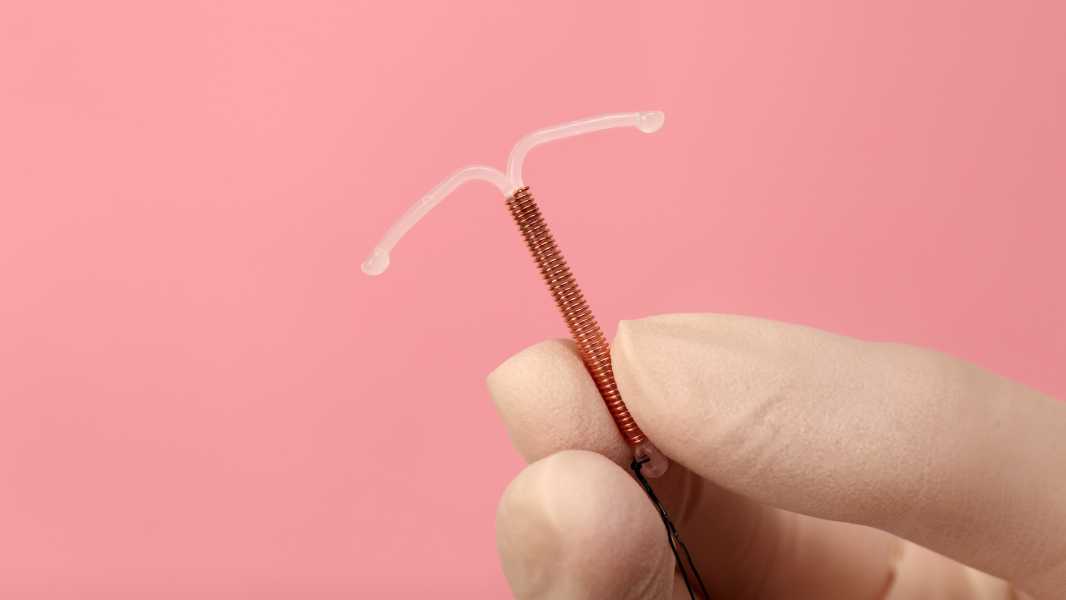
Patients experience varying levels of discomfort and pain when inserting an IUD. However, doctors should discuss possible pain relief methods beforehand, as outlined in the guidelines. (Image credit: Lyudmila Chernetskaya via Getty Images)
Intrauterine devices (IUDs) are small contraceptive devices inserted into the uterus. They can be either hormonal or non-hormonal and are one of the most effective methods of female contraception, with an effectiveness rate of over 99%. This means that out of 100 sexually active people using an IUD, less than one will become pregnant in a year.
IUDs are also attractive because they can remain effective for a long time—from three to ten years, depending on the specific device.
However, despite the high effectiveness of this method of contraception, some people may be put off by having an IUD inserted after hearing stories of others experiencing severe pain during the procedure.
So, how painful is it to have an IUD inserted? And what pain relief methods are available for the procedure?
The level of pain experienced during IUD insertion varies from person to person, so there is no one-size-fits-all answer, Dr. Deborah Bartz, an assistant professor of obstetrics, gynecology, and reproductive biology at Brigham and Women's Hospital, said in an email. Bartz stressed that it is important for doctors to discuss with patients what to expect during the procedure and what options they have for pain relief.
What to expect during IUD placement?
During the IUD insertion procedure, your doctor uses a medical device called a speculum to spread the walls of your vagina. The speculum itself may feel uncomfortable or put unusual pressure on your vagina, but it shouldn’t be painful. However, some conditions, such as vaginismus, can make speculum insertion painful, so the Cleveland Clinic encourages patients to tell their doctors if they have these conditions so they can take extra precautions.
Once the speculum is in place, the doctor uses a specialized instrument to insert the IUD through the cervix — the tissue that connects the uterus to the vagina — and into the uterus itself. Traditionally, health care providers have used tenacles, clamps designed to hold small pieces of tissue, to pass through the cervix. In recent years, some providers have begun using a new instrument called Carevix, which uses suction to make the process of passing through the cervix less painful. Tenacles, by contrast, lightly puncture the cervix.
The IUD insertion process usually takes less than five minutes.
IUD sizes vary by brand and type. The copper IUD, which does not contain hormones, is the largest, measuring 1.3 by 1.4 inches (3.2 by 3.6 cm). Hormonal IUDs are smaller, with the smallest measuring 1.1 by 1.2 inches (2.8 by 3 cm). Once an IUD is inserted, its horizontal arms fold inward; once in the uterus, the device unfolds into a T shape.
How painful is it to get an IUD inserted?
During IUD insertion, patients may feel a series of three cramps that can range from mild to intense, Bartz said. The three cramps occur as the IUD and insertion instruments pass through the anatomy of the cervix and uterus. Some people may also experience nausea or dizziness during insertion, she added.
Historically, studies have shown that most people do not report severe pain during IUD insertion, although mild to moderate pain is quite common. However, research on IUD-related pain is somewhat limited, and the available data yield varying results. Differences in methodologies also make it difficult to compare results.
For example, one 2015 study of 134 people getting IUDs was asked to rate their pain on a scale of 1 to 10. Scores of 0 to 3 were classified as mild pain, 4 to 6 as moderate pain, and 7 to 10 as severe pain. Fifty-eight patients, or 43%, reported only mild pain, while 40% reported moderate pain.
Sourse: www.livescience.com





